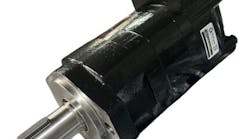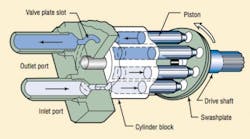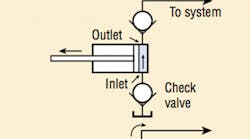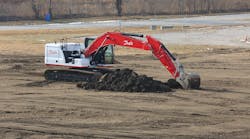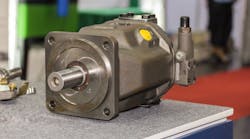Most of us are familiar with the starting systems in our cars. Electrical power is stored in a battery, and an alternator keeps the battery charged when the engine is running. Activating the car’s ignition switch creates a circuit that routes a surge of electrical power from the battery to a starter motor. There’s a little more to it, like solenoids, regulators, and such, but it’s a simple system that has remained relatively unchanged for decades.
Shortcomings of Electrics
But as simple as an electrical starting system is, several potential problems exist. Any of several contacts or connectors can corrode to prevent electrical power from reaching the starter motor. Extreme temperatures—hot or cold—can prevent the battery from providing enough power to start the engine. Plus, starter motors are designed only for intermittent duty. That’s because they’re expected to run for only a few seconds to start an engine. Once the engine is running, the starter motor may not be needed again for several minutes, hours, or days.
Malfunctions of the starting system in our personal vehicles are usually just an inconvenience. They may rob us of time or money, but they usually aren’t a major catastrophe. Starting problems in commercial vehicles can be more costly, but still can be dealt without any long-lasting effects. Not so with submarines, ships, marine equipment, and even mining and other land-based equipment.
The corrosive effects of marine environments make electrical starting systems less reliable. But perhaps more importantly, the electric motor and array of batteries needed to start an engine rated for thousands of hp would be impractical. No wonder, then, that the U.S. Navy, U.S. Coast Guard, and similar organizations use non-electric systems to prevent reliability problems.
